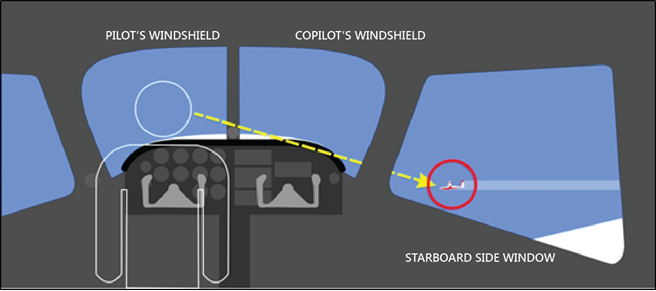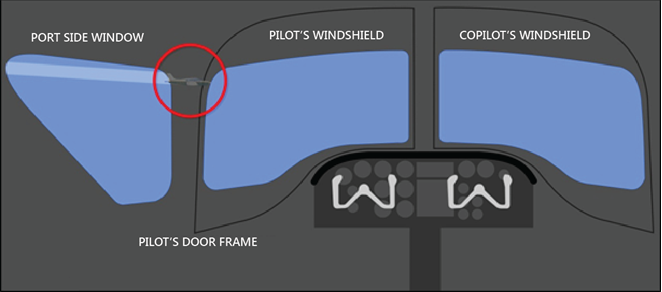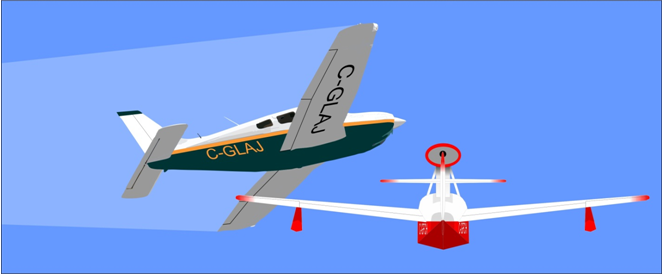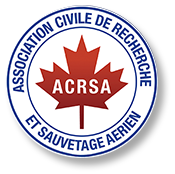Piper PA-28R and Lake Buccaneer LA-4-22 - Mid Air Collision
The privately-registered Piper PA-28R-200 Arrow was approaching St. Brieux, Saskatchewan, on a flight from Nanton, Alberta, with the pilot and 2 passengers on board. A privately-registered Lake LA-4-200 Buccaneer amphibian was en route from Regina to La Ronge, Saskatchewan, with the pilot and 1 passenger on board. At approximately 0841 Central Standard Time, the 2 aircraft collided about 8 nautical miles (nm) west of St. Brieux and fell to the ground at 2 main sites about 0.5 nm apart. Both aircraft, which were being operated in accordance with visual flight rules, were destroyed and there were no survivors. There was no post-crash fire and the emergency locator transmitters did not activate.
The pilot of Piper aircraft held a private pilot licence with a valid Category 3 Medical Certificate, which required that the pilot wear glasses when flying. The pilot had accumulated approximately 1000 total flight hours on the PA-28 type aircraft. Records indicate that the pilot of the Piper was qualified for the flight in accordance with existing regulations.
The pilot of Lake Buccaneer held a private pilot licence with a valid Category 3 Medical Certificate, which required that he wear glasses when flying. He had recently obtained his licence and had accumulated just over 100 total flight hours, with approximately 24 flight hours on the Lake LA 4 200 type aircraft. Records indicate that the pilot of the Lake Buccaneer was qualified for the flight in accordance with existing regulations.
Weather at the time of the accident was considered good VFR and was therefore not considered a factor in this occurrence. Both aircraft were properly registered and maintained in accordance with federal Aviation regulation and the aircraft were both operating within their respective operational and performance envelopes.
The TSB investigation reveals that the 2 aircraft were following intersecting tracks. Consequently, there was a risk that they could arrive at the same point in space at the same time.
The relative position of each of the occurrence aircraft just before the collision would have made visual acquisition difficult. The Piper aircraft was descending from a higher altitude than that of the Lake Buccaneer. As a result, the Piper may have been obscured by the left wing of the Buccaneer. Likewise, the Buccaneer may have been obscured from the Piper pilot's view by the nose of the aircraft.
The diagrams below indicate the positions of the aircraft relative to each other and the aircraft flight decks

View from the left seat of the Pipe aircraft which is partially obstructed by the nose of the aircraft.

View from the left seat of the Lake Buccaneers which is partially obstructed by the aircraft structure.

Relative position of both aircraft at the moment of impact.
The TSB investigation concluded that:
- Both aircraft arrived at the same point and altitude at the same time, which resulted in a mid-air collision.
- The converging position of the 2 aircraft relative to each other, coupled with physiological vision limitations, likely rendered visual detection extremely difficult. As a result, the available reaction time was reduced to a point where collision avoidance was not possible.
- The left ailerons and part of the wings from both aircraft were shorn off in mid-air during the collision. This would have rendered both aircraft uncontrollable, and would have precluded either aircraft from recovering after the collision.
- Aircraft operating in visual flight rules conditions are at continued risk of collision when the “See and Avoid” principle is relied upon as the sole means of collision avoidance. Research has shown that it takes approximately 12.5 seconds for a pilot to take evasive action upon recognition of an impending collision. In addition to reaction time, distance is another critical factor which affects a pilot's ability to see and avoid a collision. This is especially true for aircraft beyond 2 nm.







